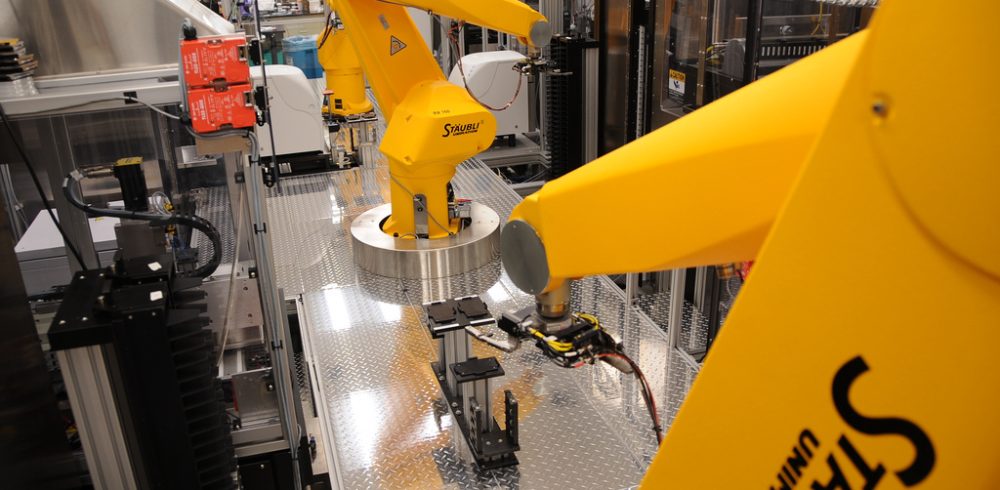Great strides are being made in the field of robotics and Artificial Intelligence and many different industries are finding new and exciting applications for the developments. Naturally, some concerns are arising around automation and its potential to replace or reduce the need for people in certain roles. Whilst these fears are understandable, the reality is quite different especially when it comes to the role of robots in the care field. Randstad have investigated how robots are already revolutionising care and the way people in care work whilst also looking to the future and the possibilities AI and robotics are creating for all involved.
Where are we now?
The field of care is struggling globally. The demand for carers continues to rise as populations grow older and nowhere is this felt more acutely than Japan, where 1 in 5 citizens are over 70 years old. To meet the demand for increased levels of care, countries like Japan have started to look beyond traditional methods, instead choosing innovations in the fields of technology to help close the care gap. Introduction of robots and AI to care doesn’t mean that human carers are replaced or that demand for their skills diminishes. It’s more a case of new technology acting as companion to carers and offering something that wasn’t possible before.
Care-bots are currently used in care facilities globally. They have been especially designed to offer aid and support to people in need of care, like the elderly and vulnerable members of society. These handy robots can provide a range of services from companionship, mobility assistance, and medication reminders, all the way through to monitoring that bestows greater privacy and independence to patients. The care-bots act in a supplemental capacity, easing the administrative workload of care workers and filling in service gaps caused by understaffing; they’re not replacing human contact and, if anything, are allowing care workers to focus on the more personal aspects of their work by streamlining certain processes.
Other applications
Besides providing services in care homes and looking after elderly patients, care-bots also prove useful when it comes to supporting people with poor mental health. Mental health issues are on the rise, with Mind reporting that 1 in 4 people will experience at least one mental health issue a year, with depression being the most commonly reported problem. One of the ways care-bots will be able to tackle feelings of depressing and loneliness is through companionship, with some mental health services trialling chat-bots to see how patients respond. Some robots, like Paro, a multisensory care-bot used for therapeutic recovery, are designed with the specific purpose of providing support for people suffering from dementia whilst encouraging them to be self-sufficient.
Future outlook
The possibilities and boundaries of care-bots’ abilities are continuously expanding; new bots are being created to help people with mobility issues, like the Obi robot that aids those with disabilities to feed themselves, and Kaspar, helping children with Autism better interpret emotions and behaviour through increased socialisation and communication. With all these developments in mind, workers in the care field needn’t worry that robots are going to replace them any time soon. Introduction of robotics and AI into the care field is all about lessening workloads, streamlining admin, and reducing the chances of human error. Ultimately, care is all about the human touch and no robot, no matter how advanced, will be able to replace that.















